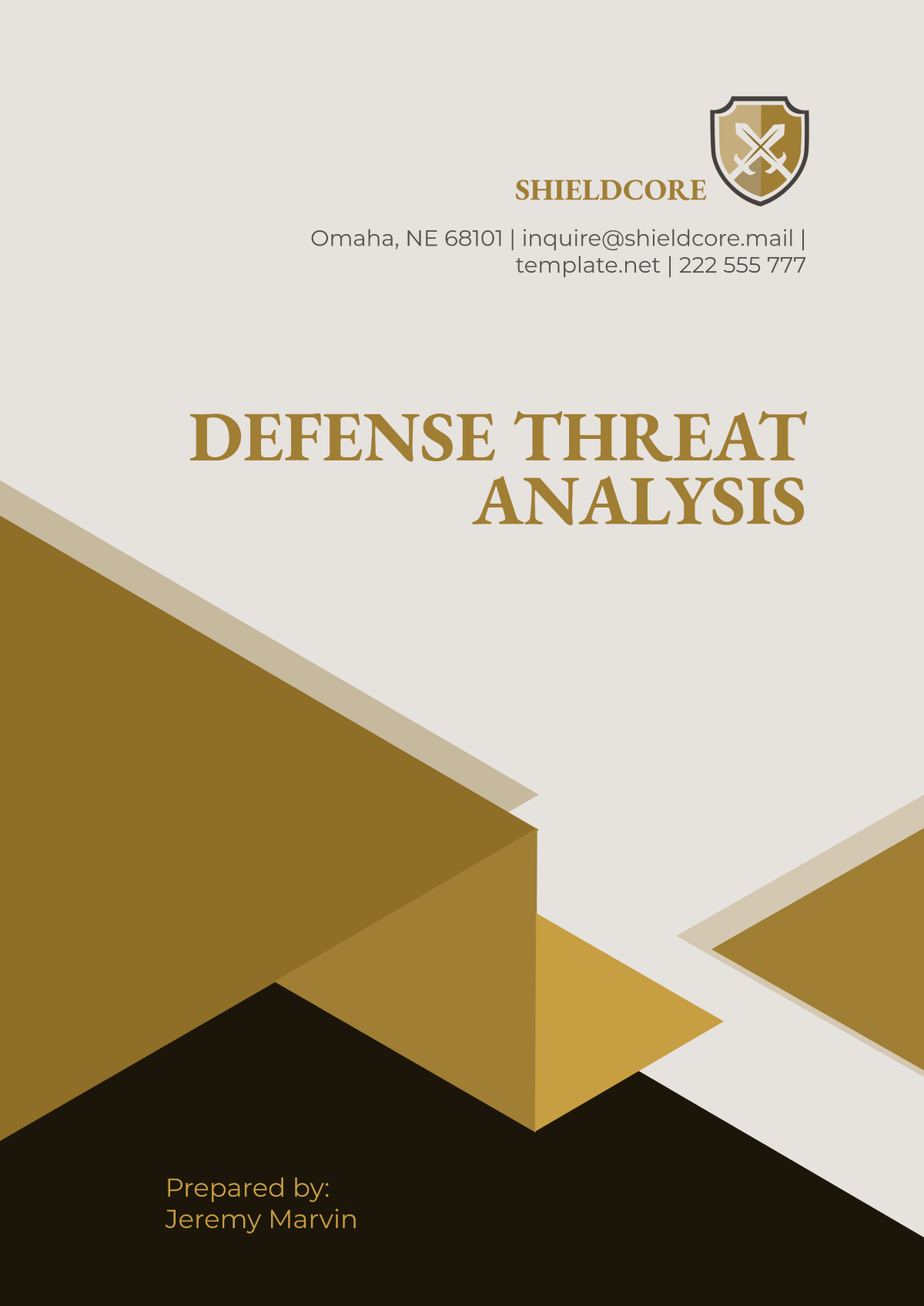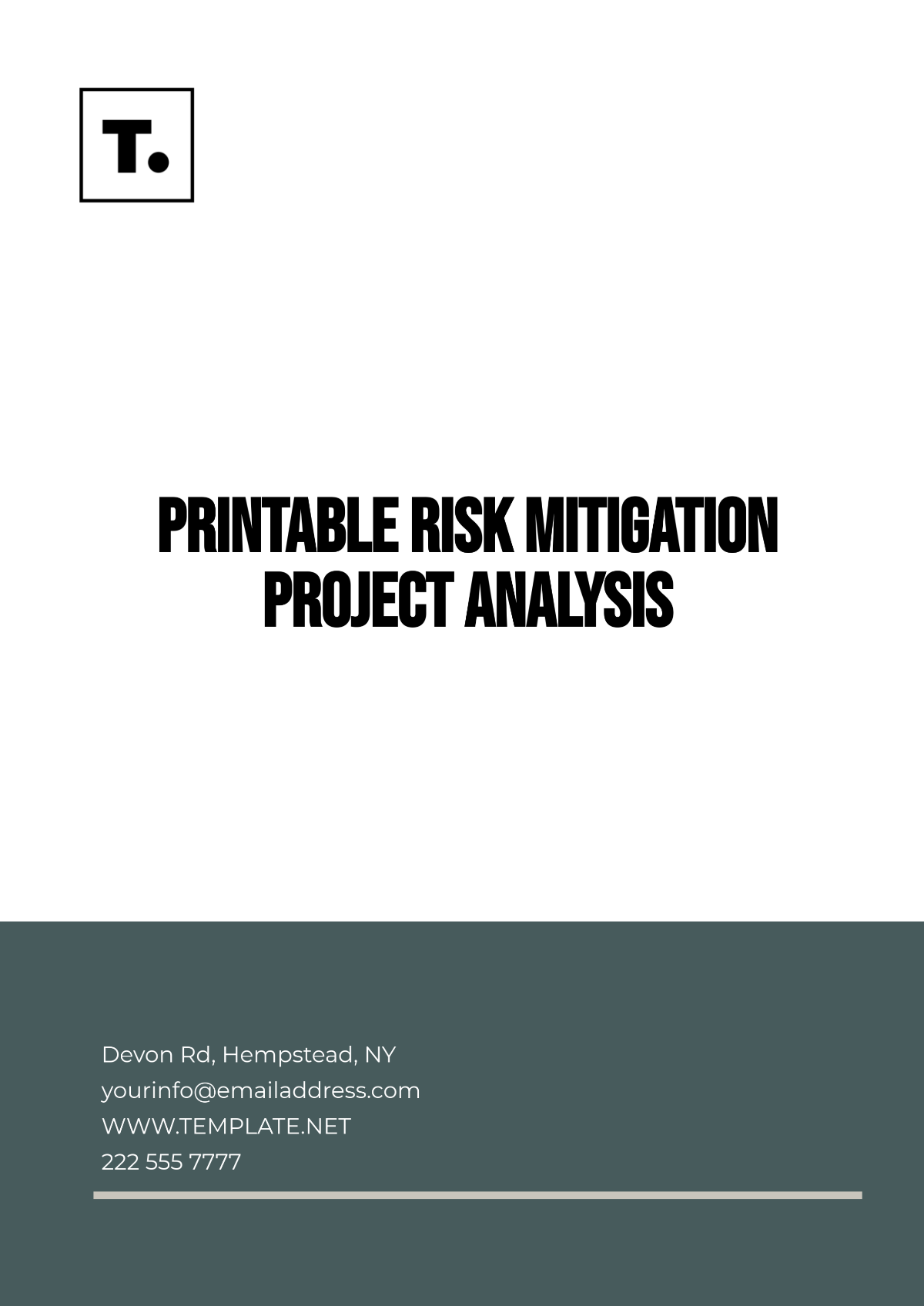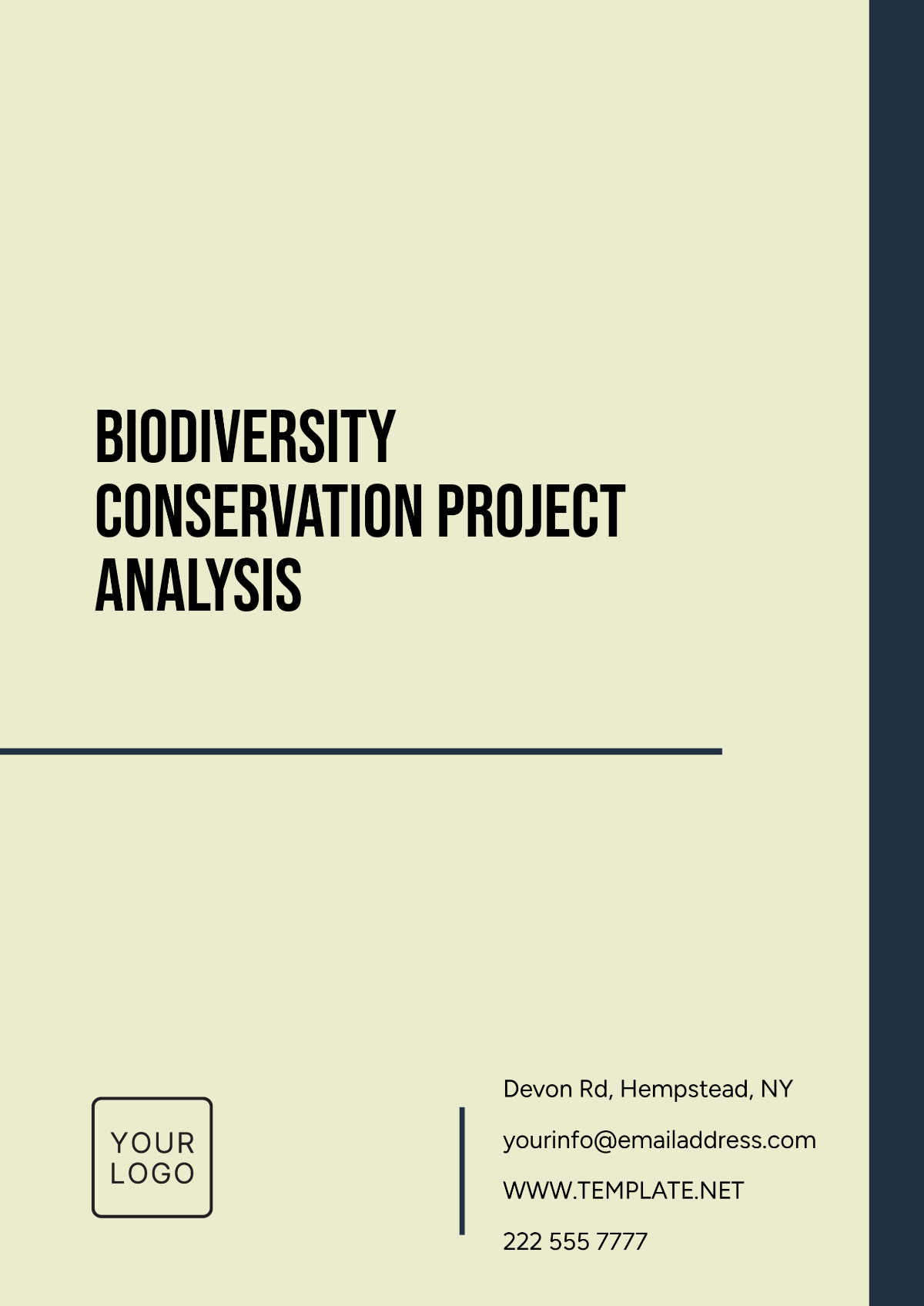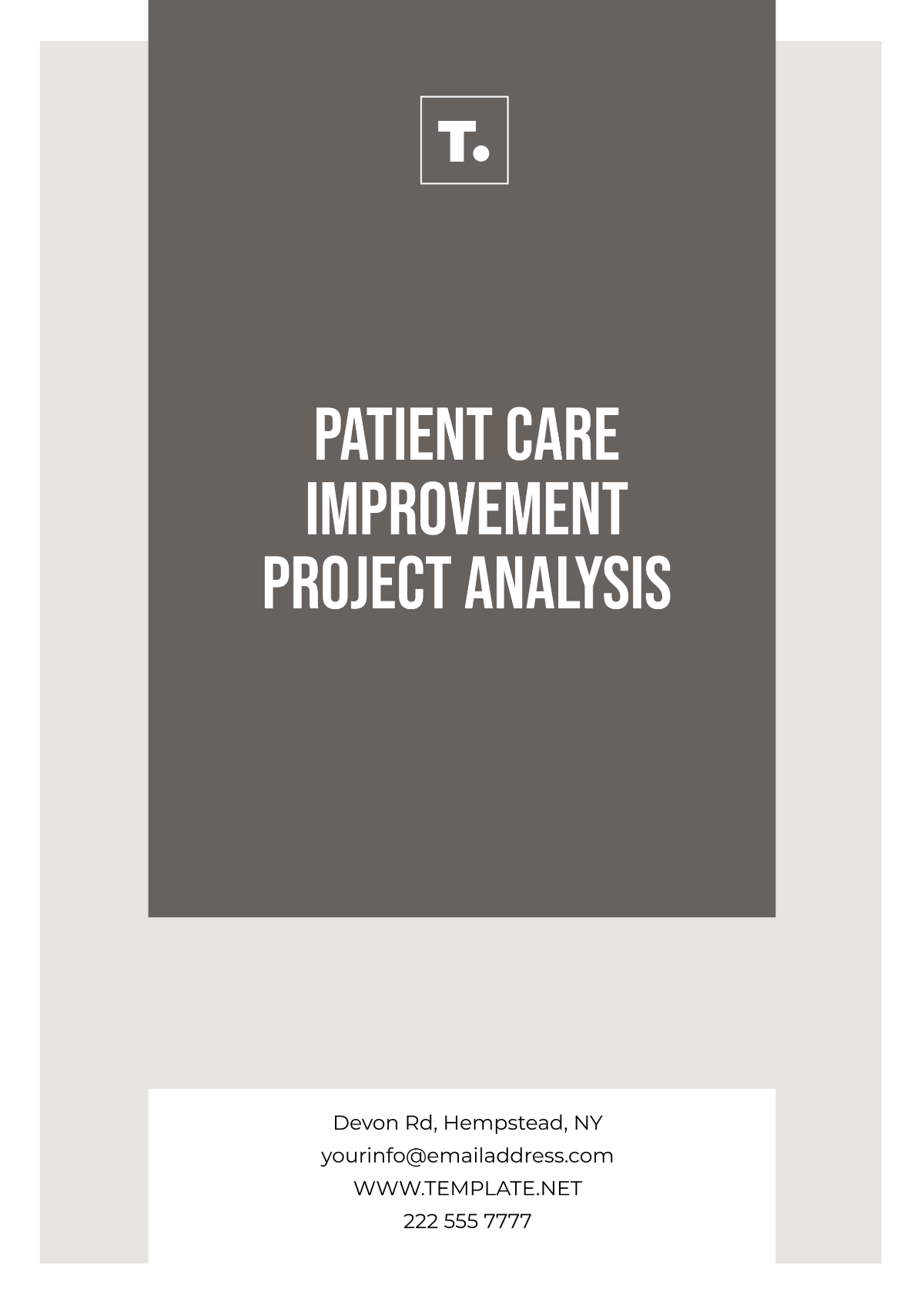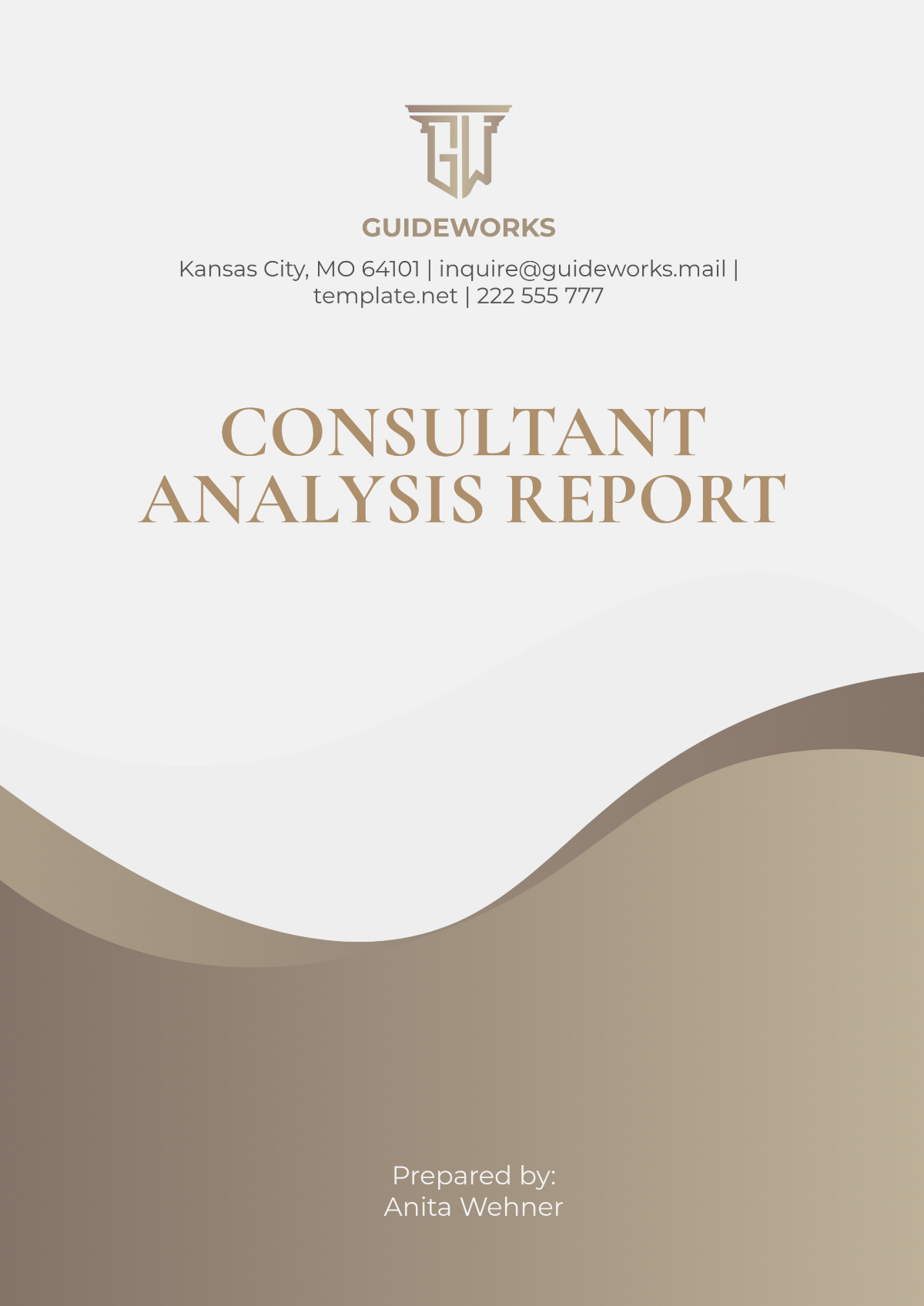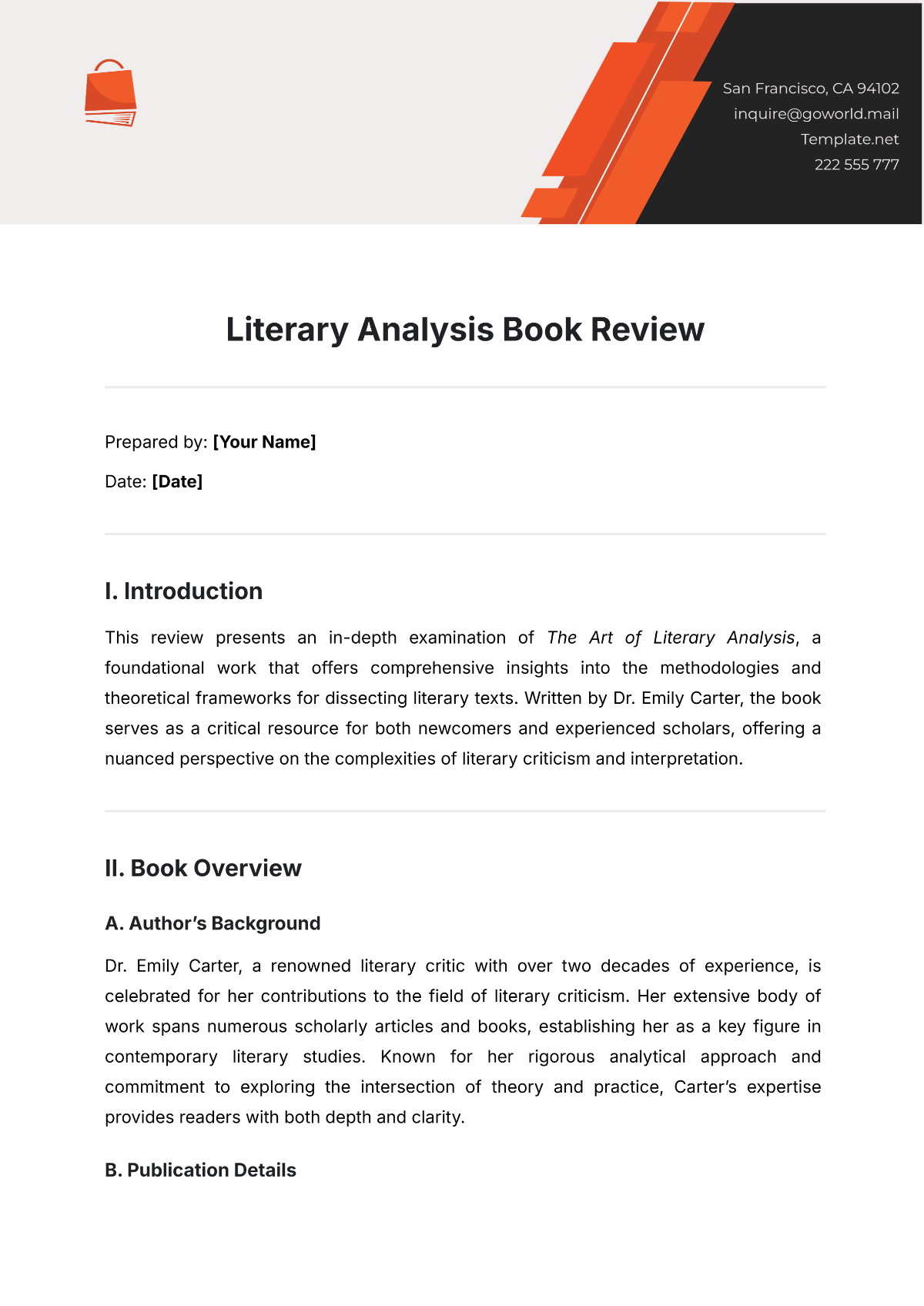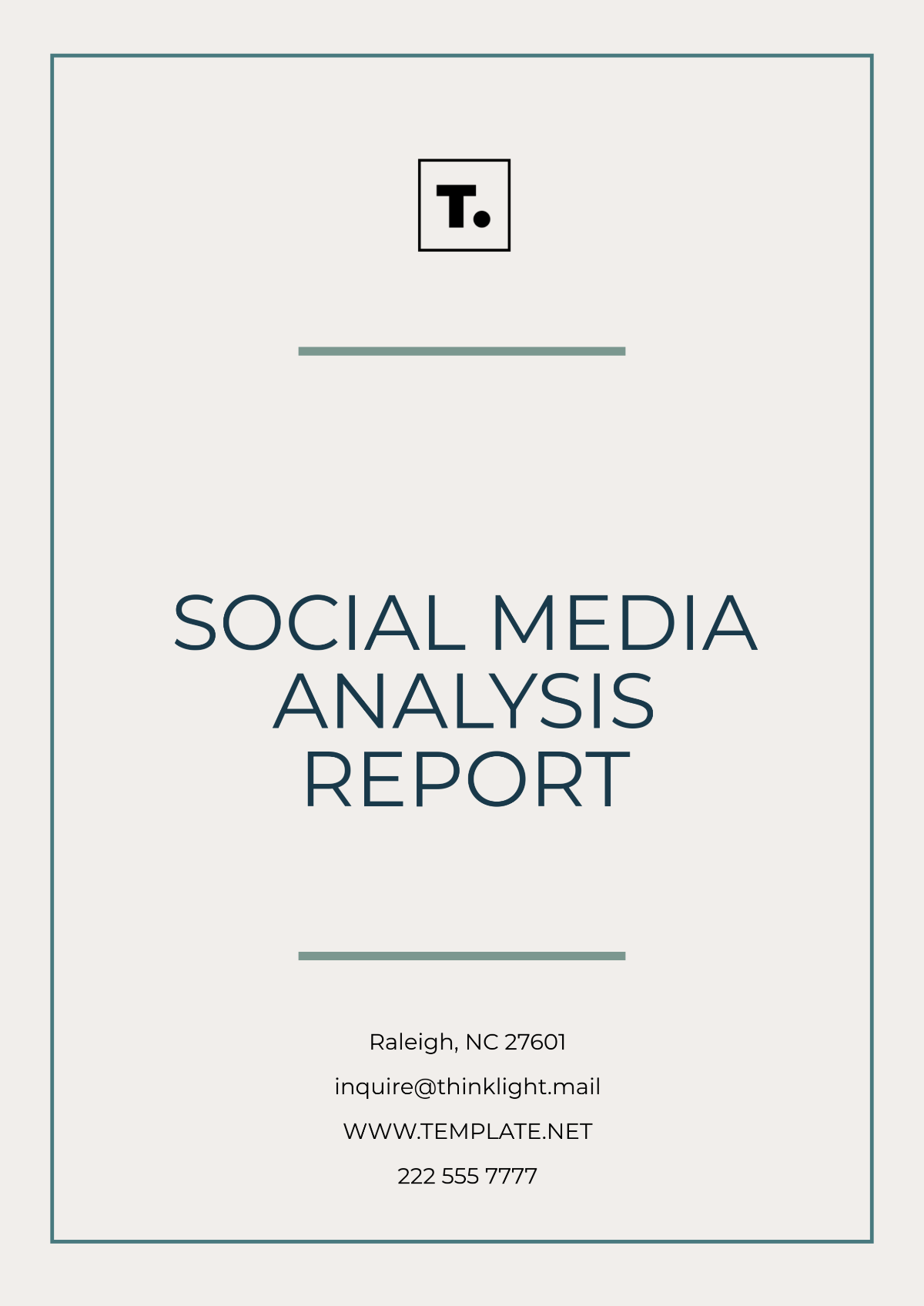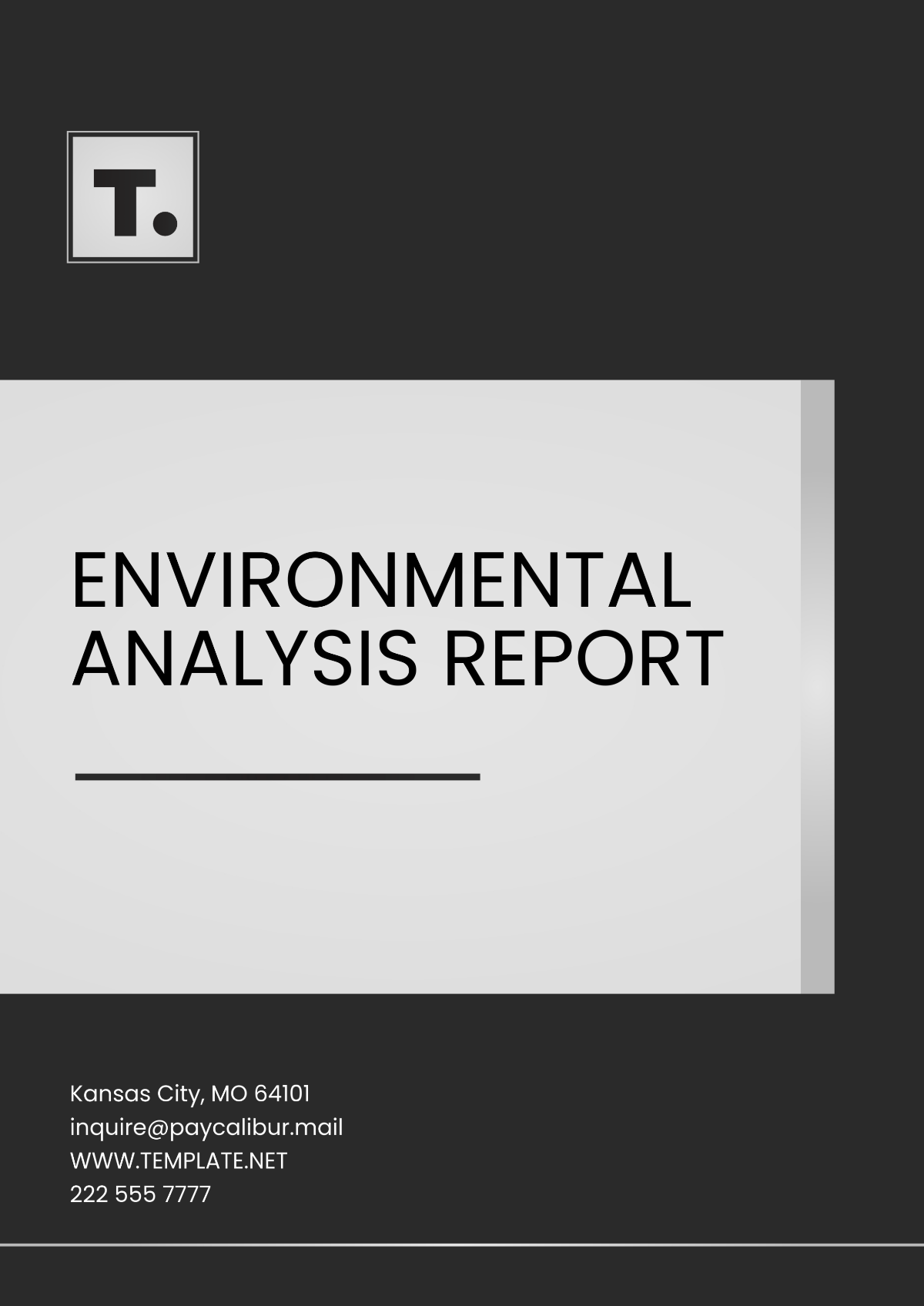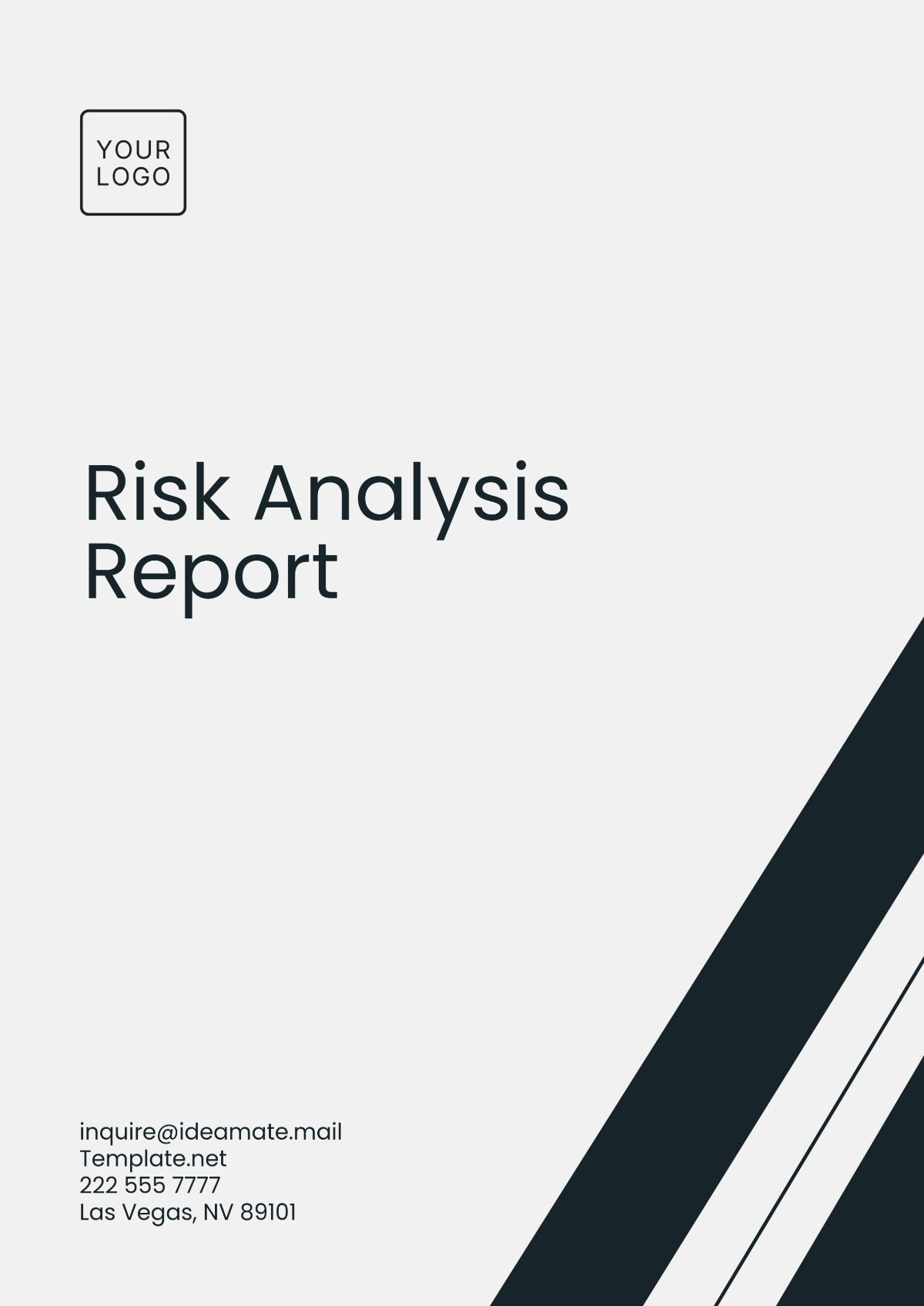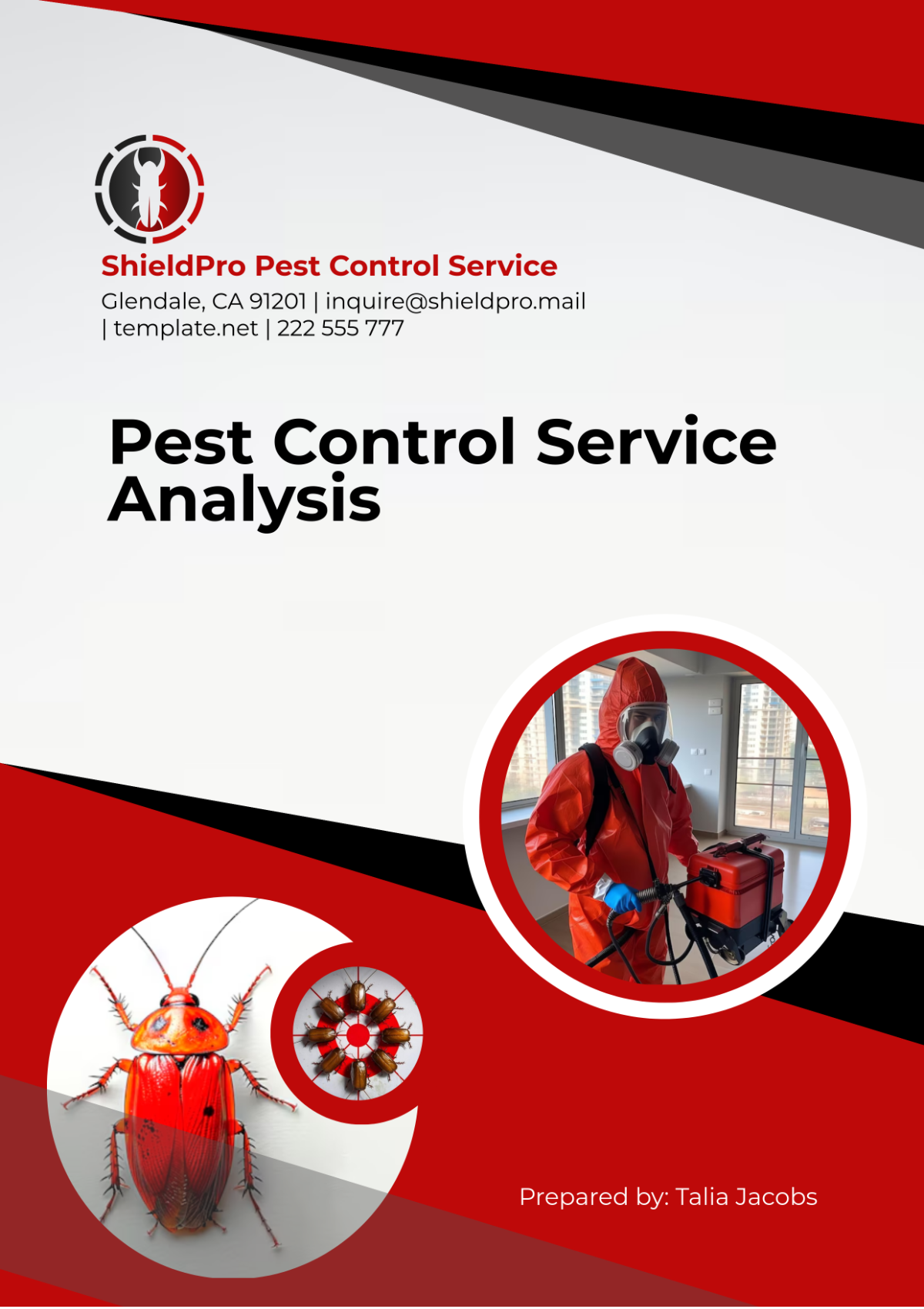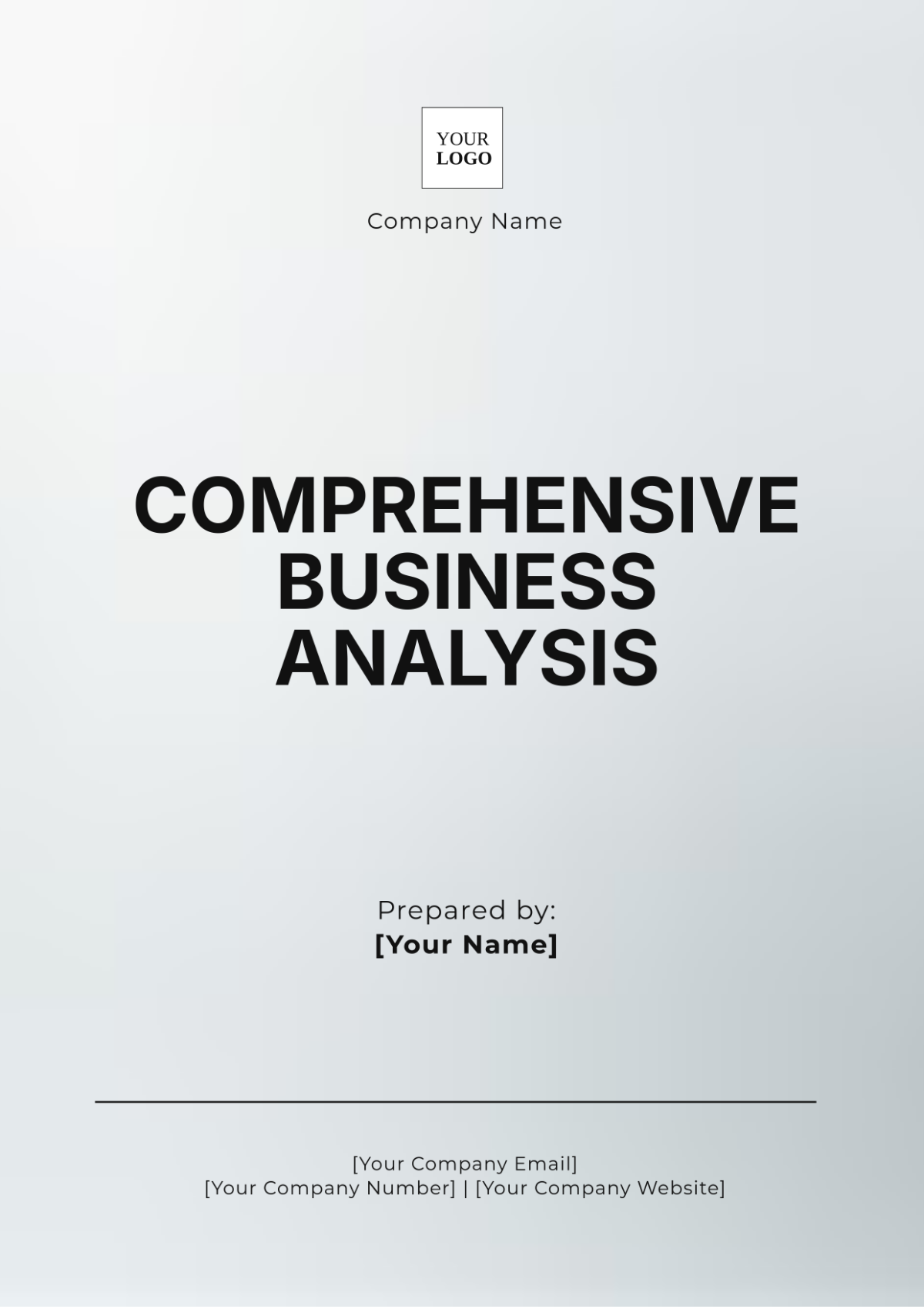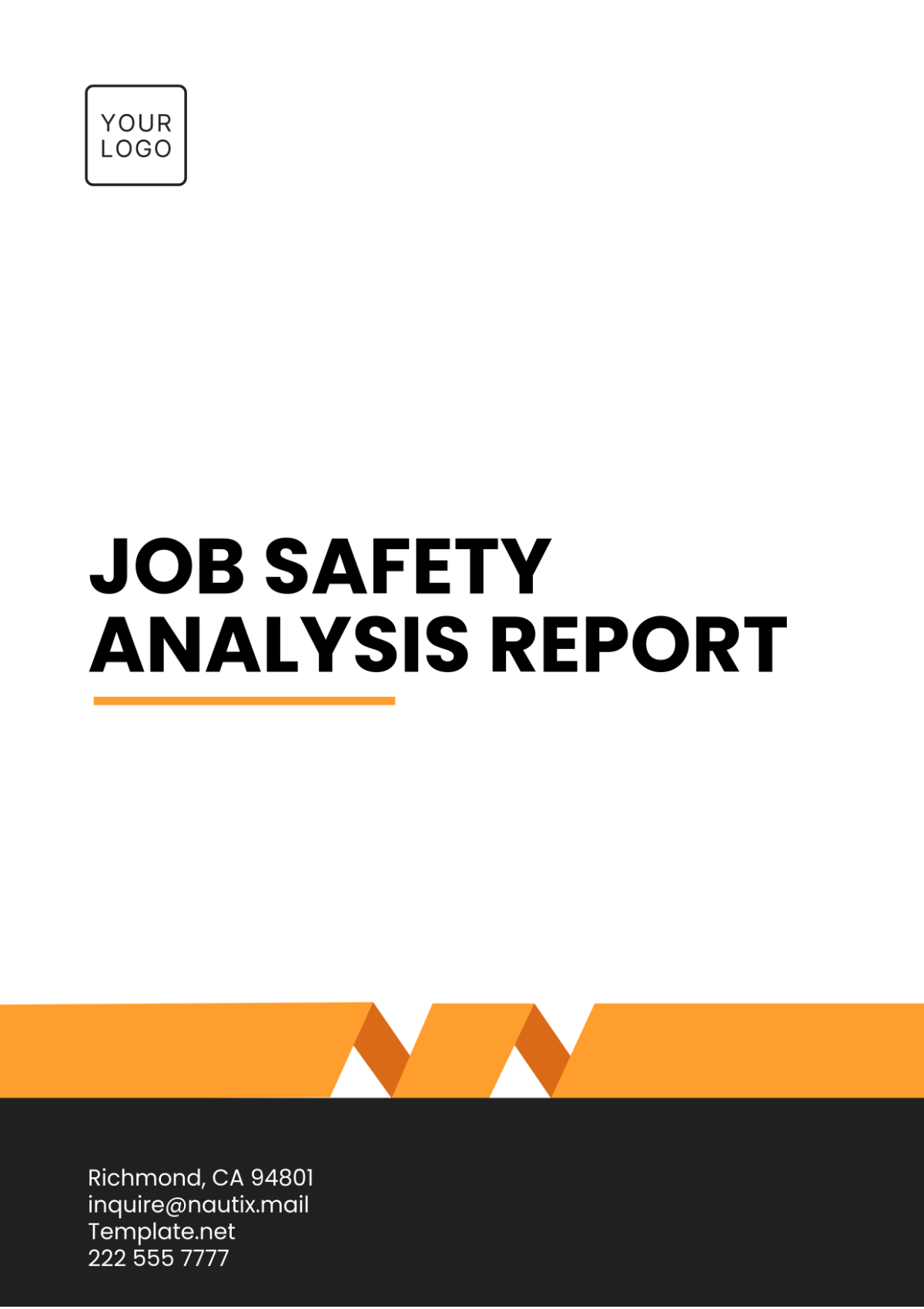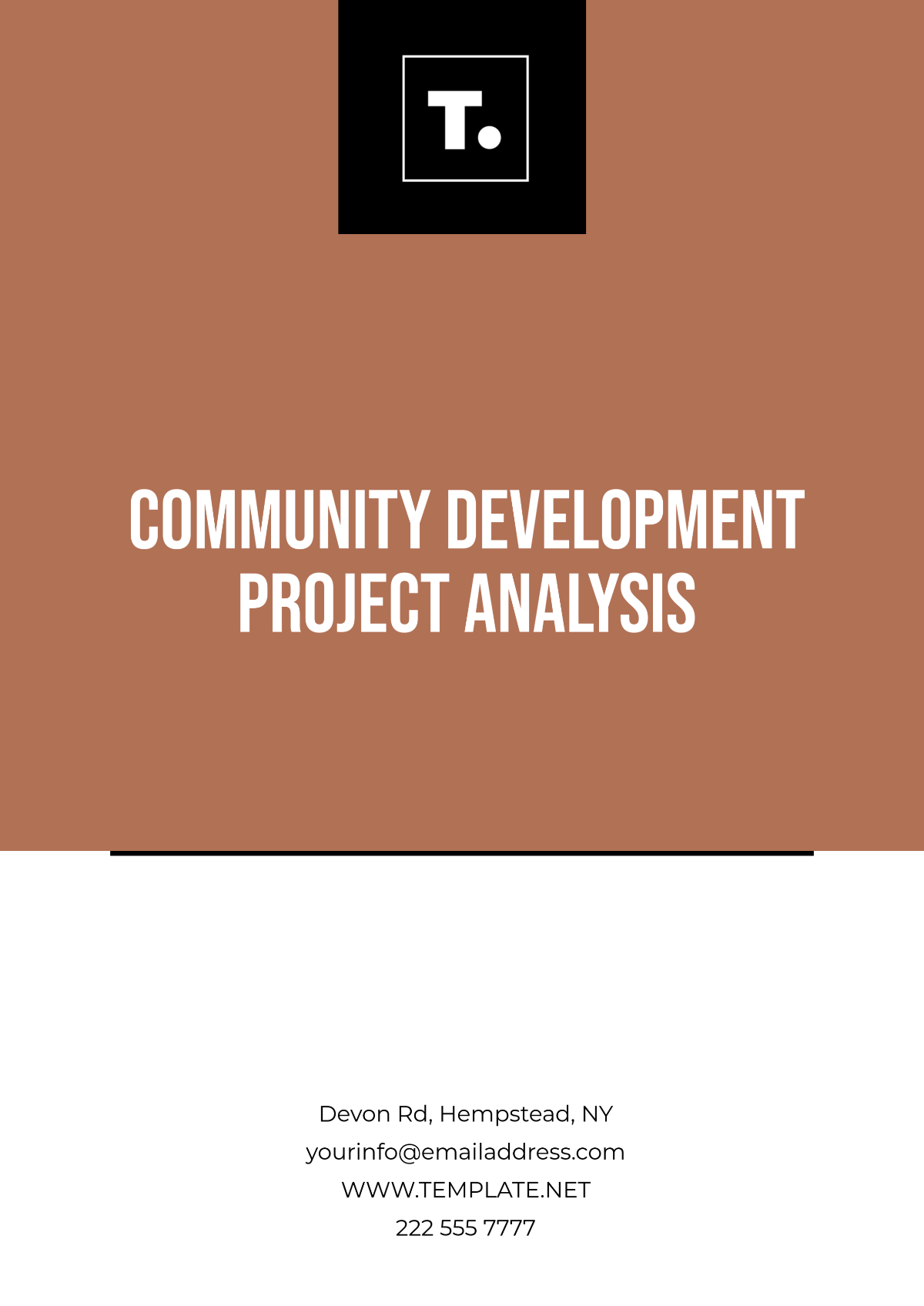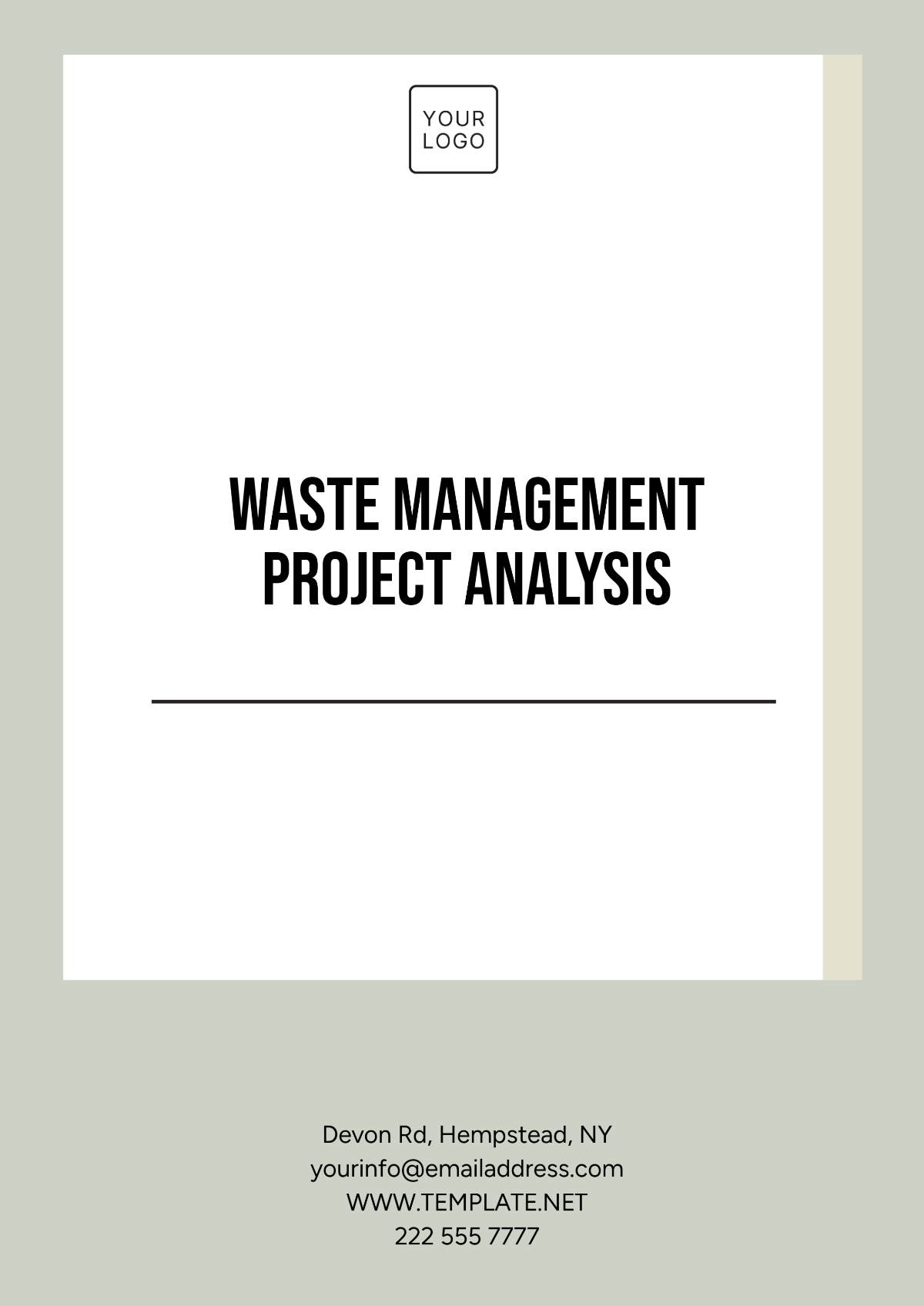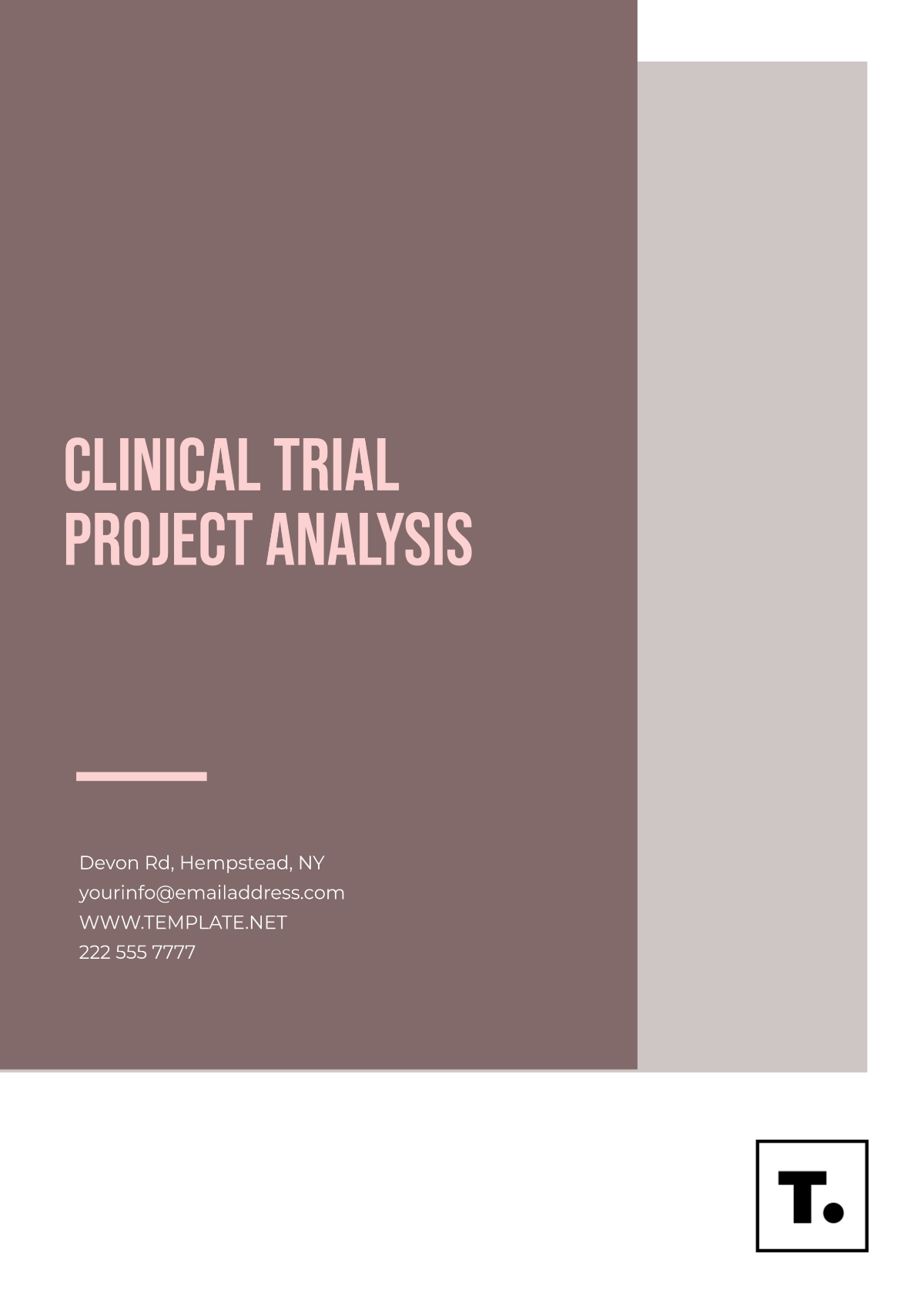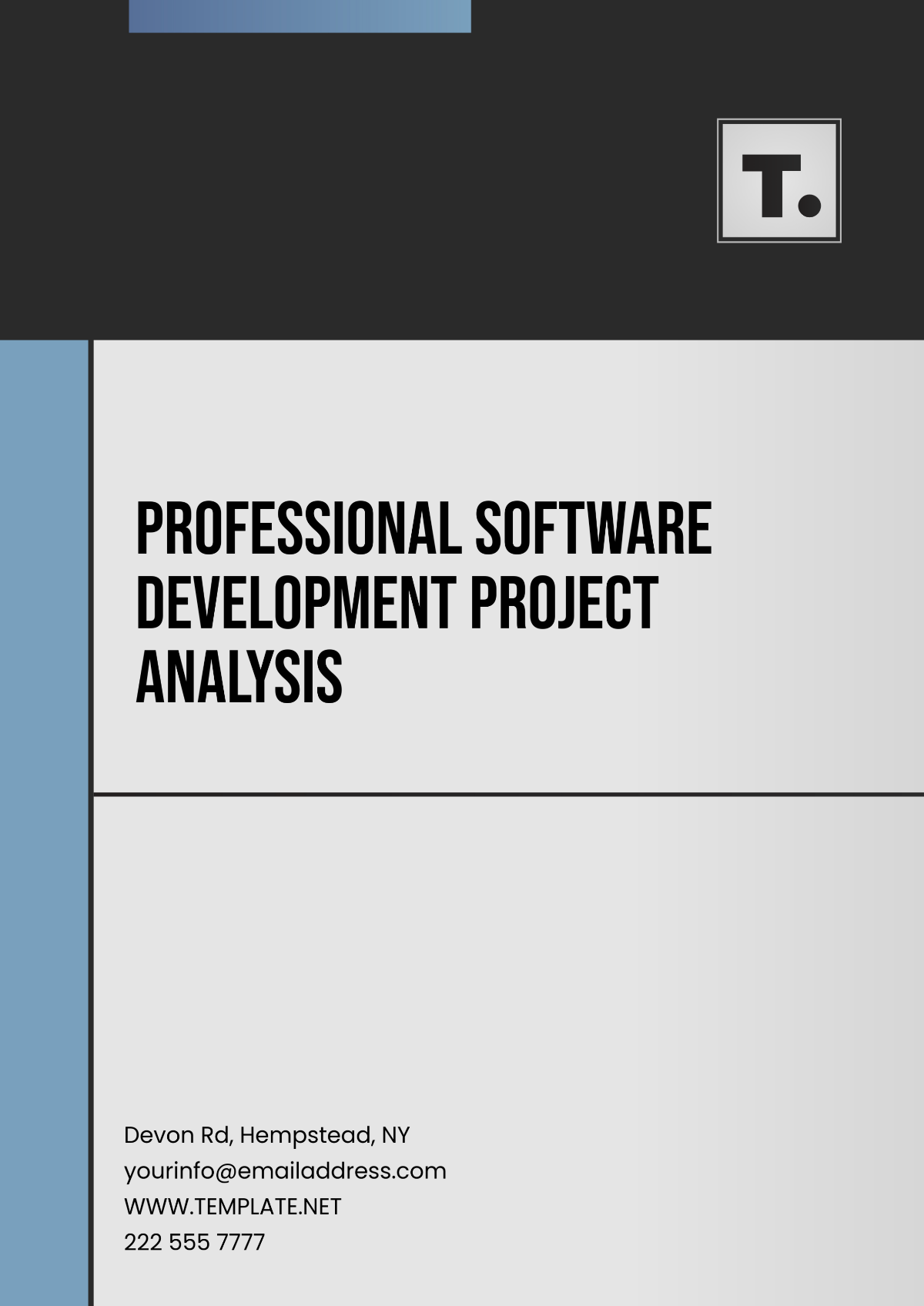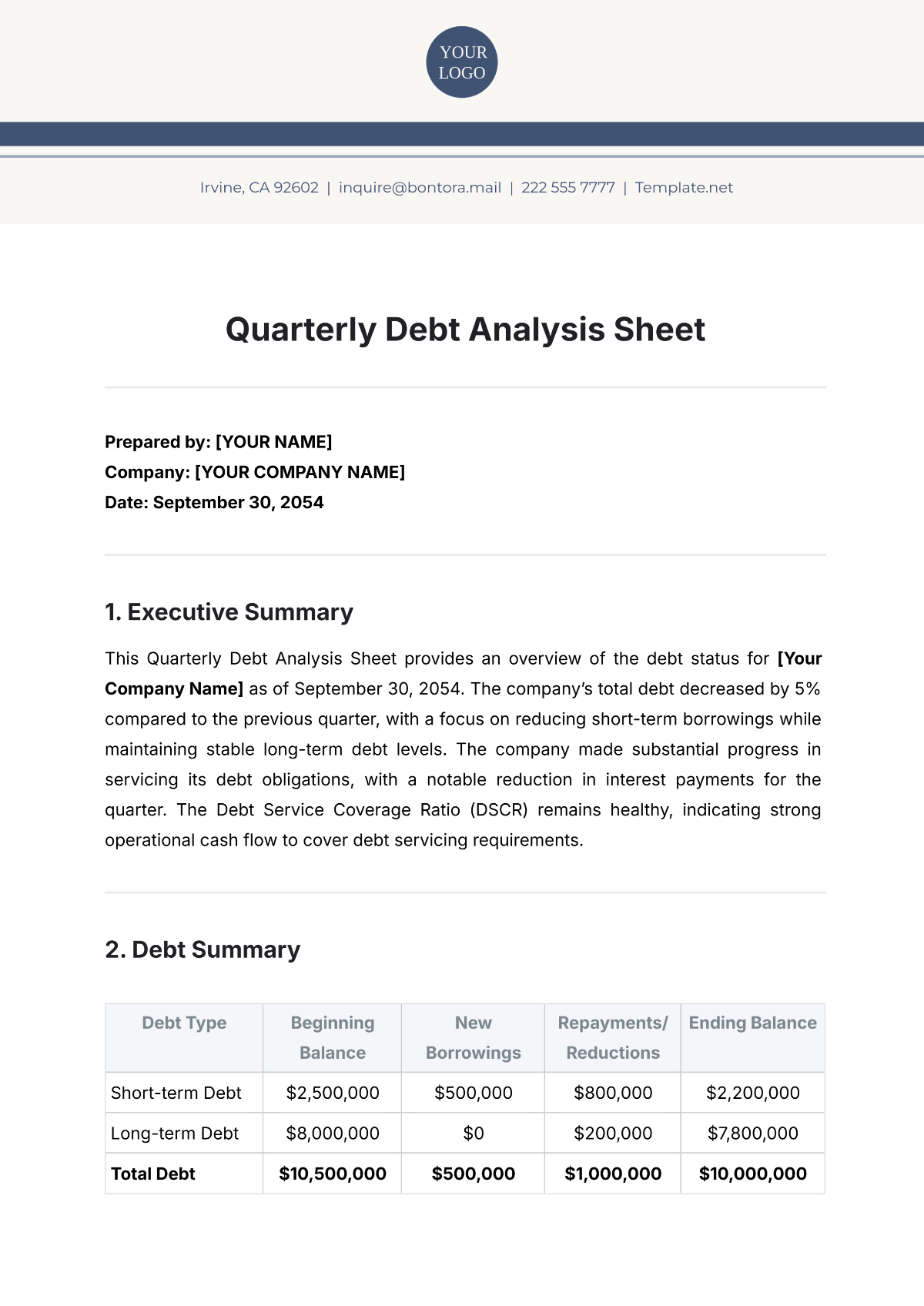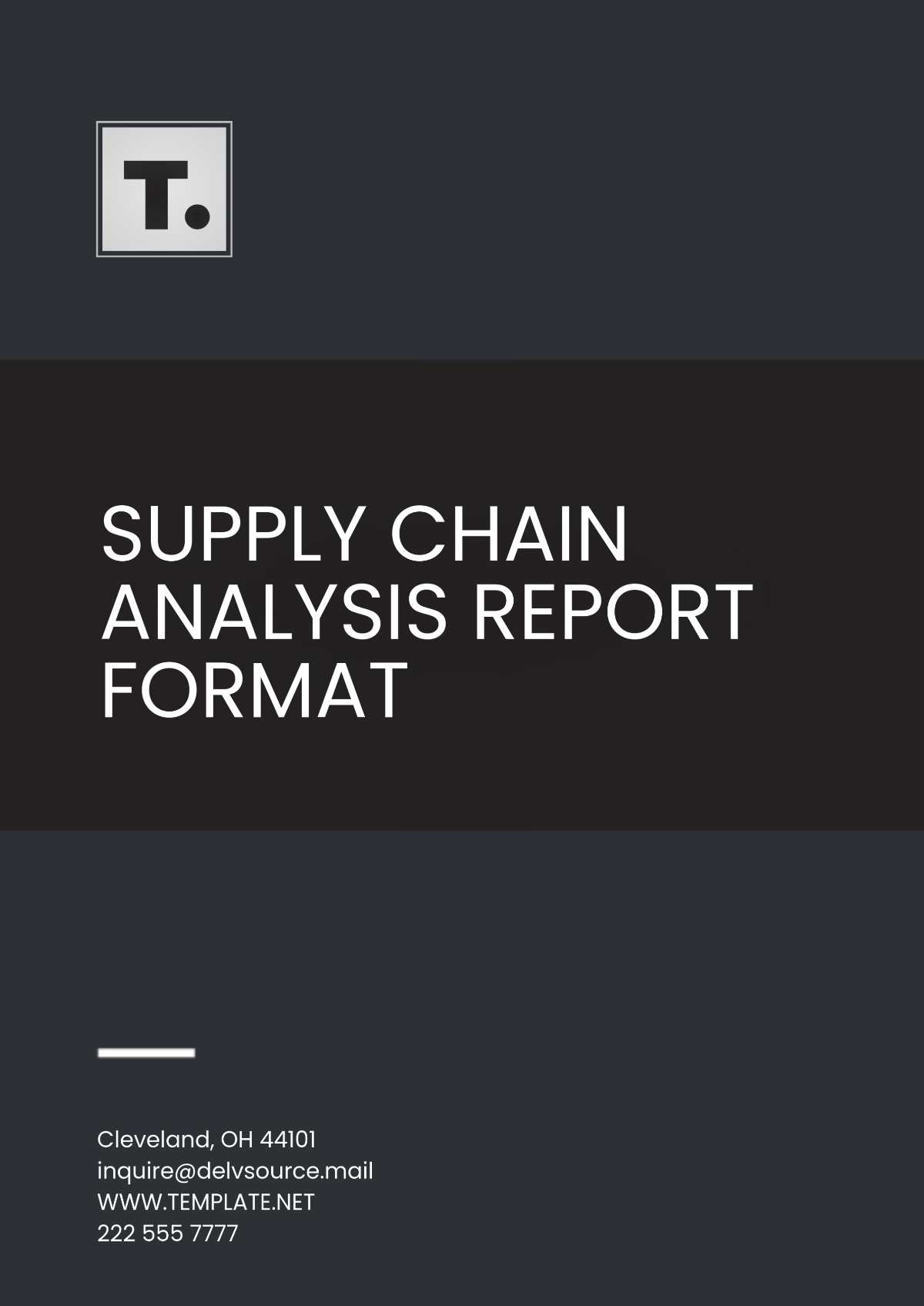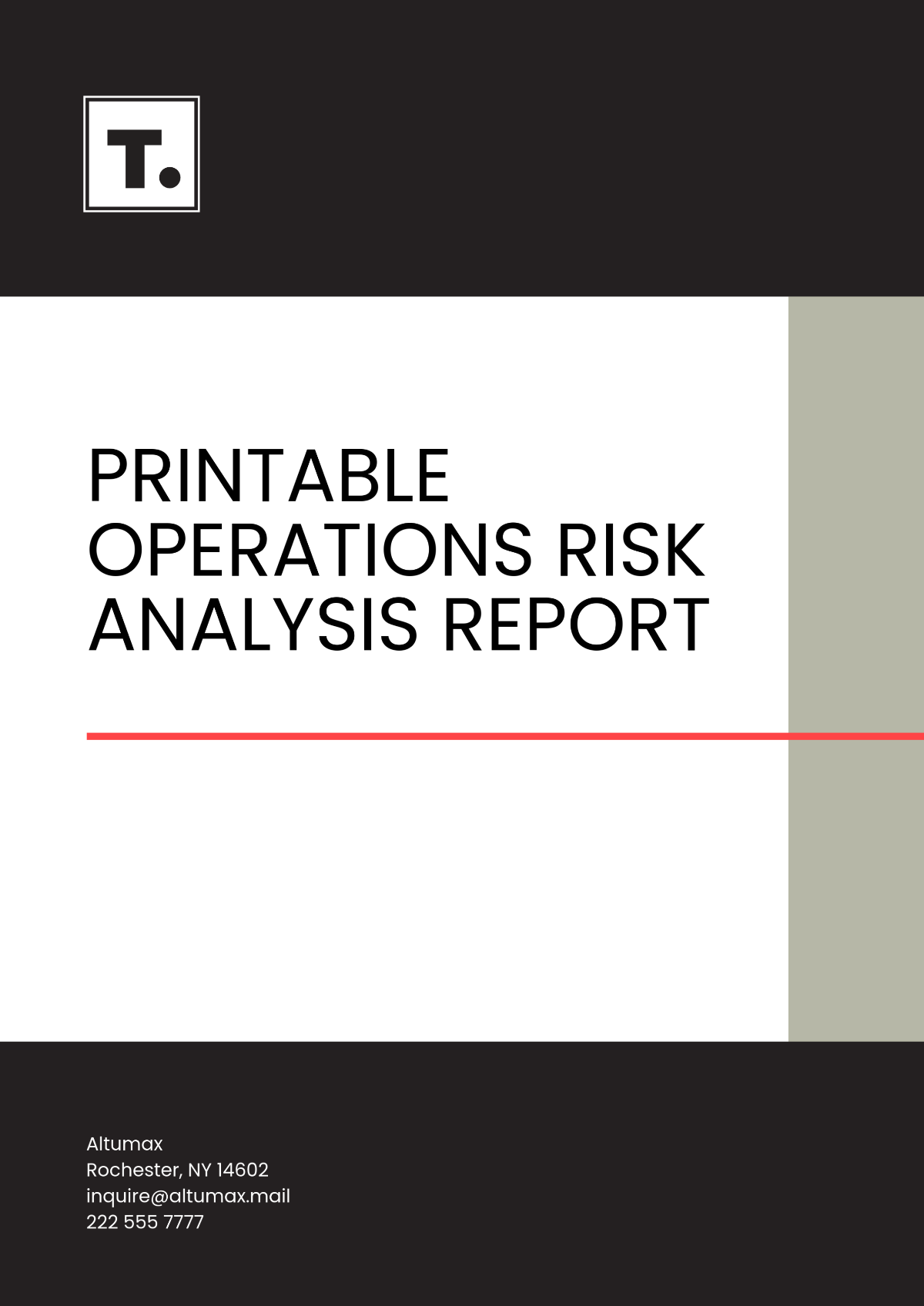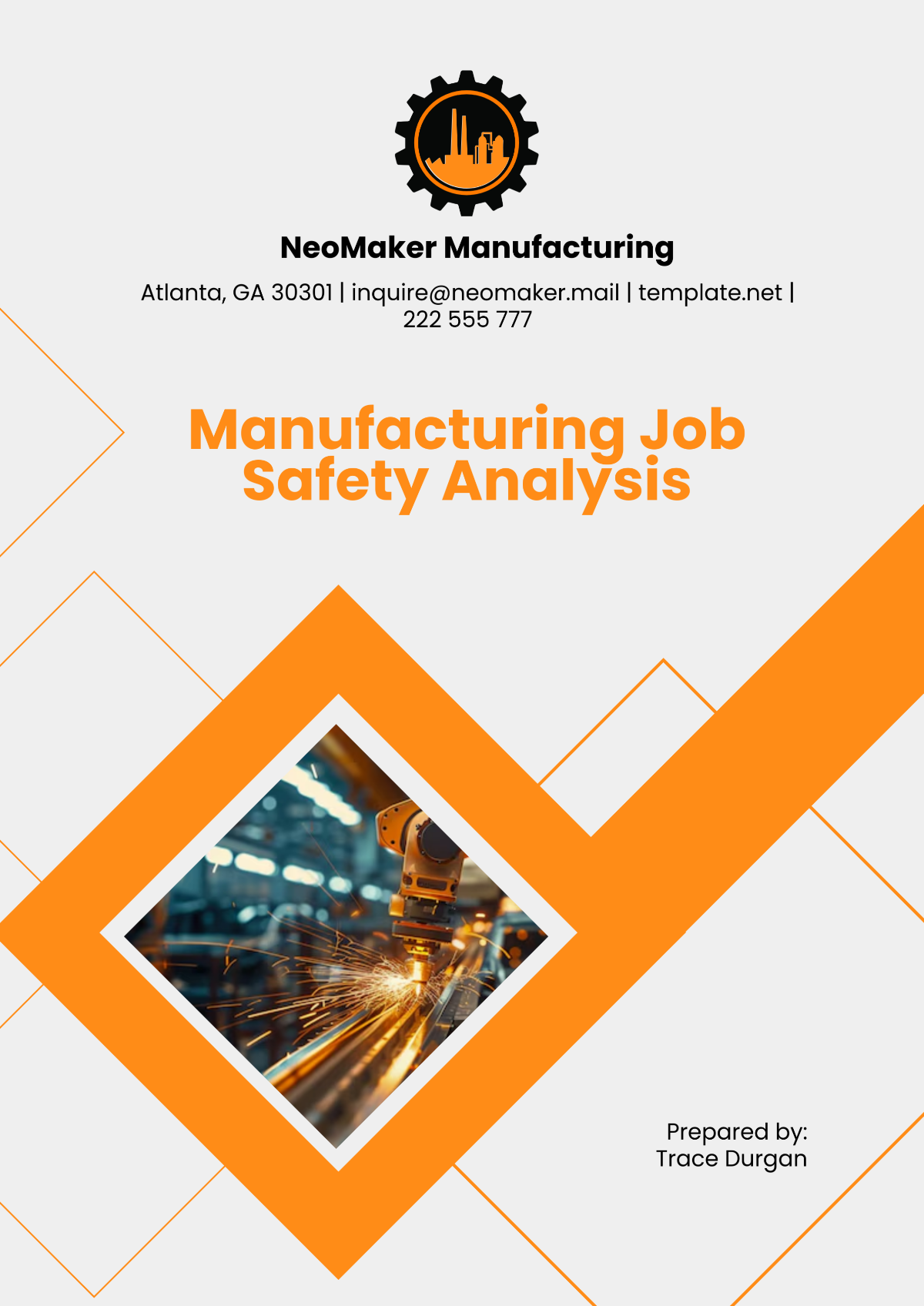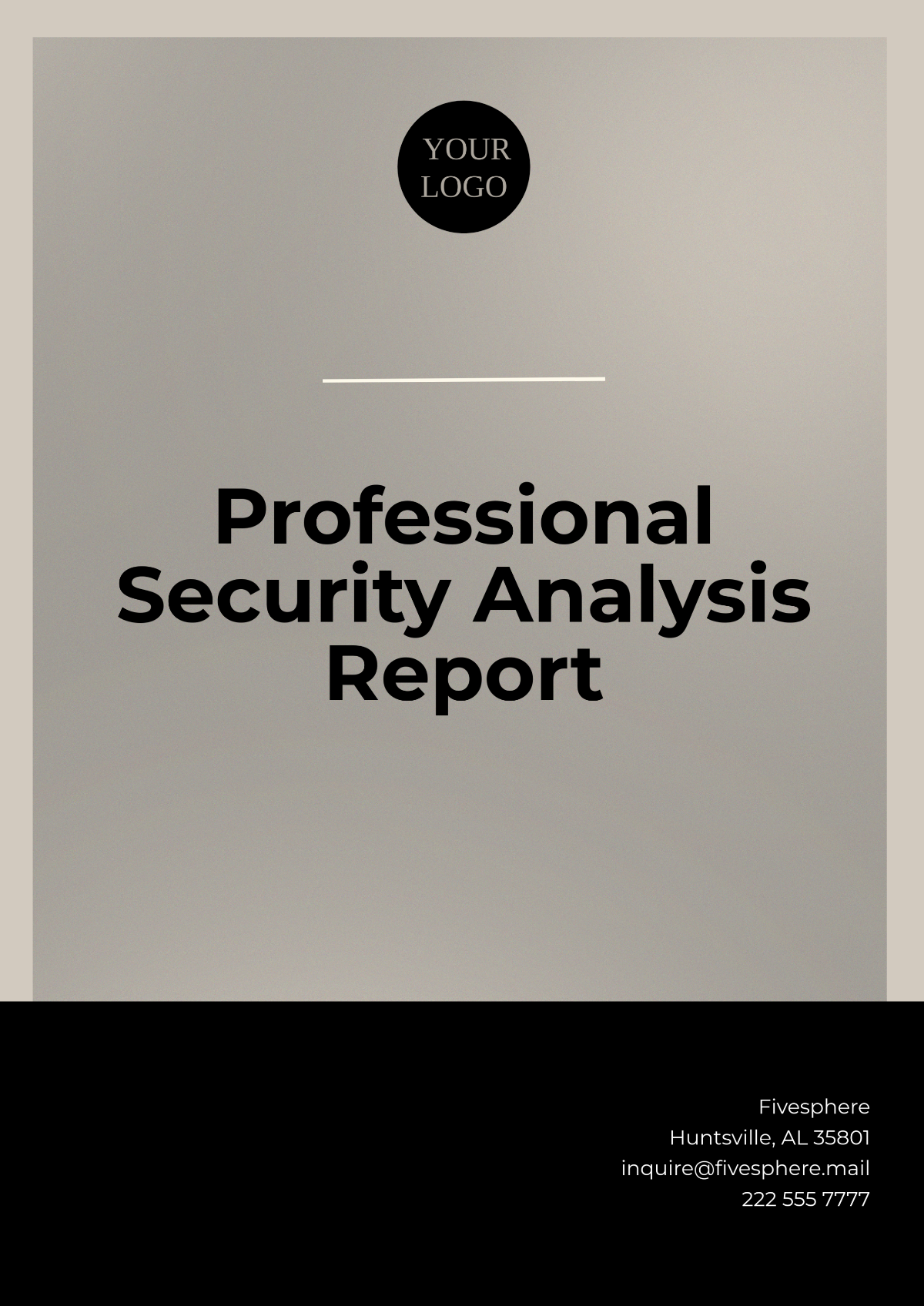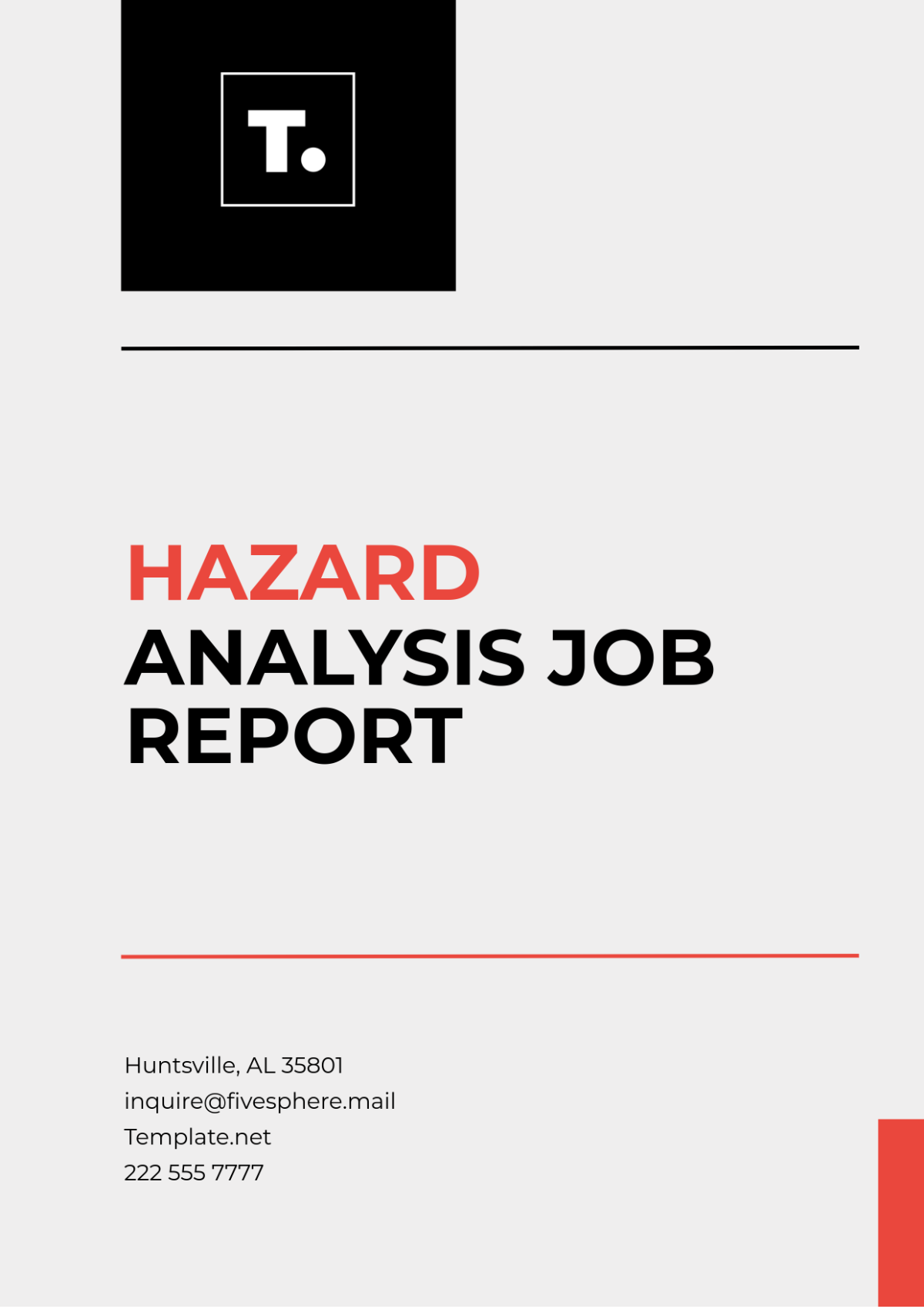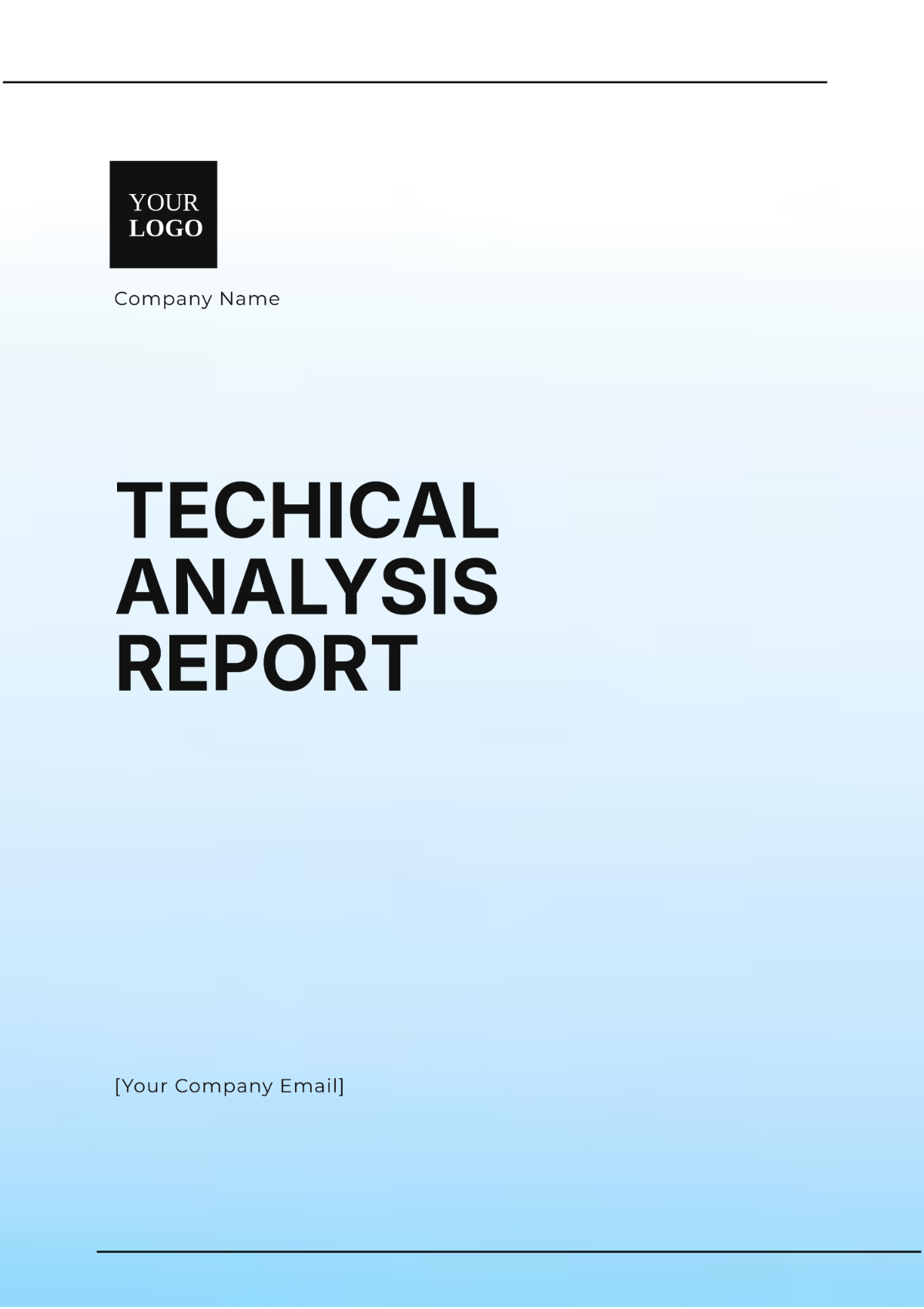Spa Safety Analysis
I. Executive Summary
This Spa Safety Analysis provides a comprehensive review of the current safety protocols at [Your Company Name] Spa. The analysis identifies key risks and hazards and presents actionable recommendations to enhance overall spa safety. The goal is to ensure that the spa remains a safe environment for both clients and staff, thereby maintaining high standards of service and operational excellence.
Key Points:
Overview of Current Spa Safety Measures:
The spa has implemented a variety of safety measures, including regular cleaning schedules, personal protective equipment (PPE) for staff, client health screenings, and emergency procedures. These measures are designed to protect both clients and staff from potential health and safety risks.
Identification of Significant Risks and Hazards:
The analysis has identified several key risks and hazards, such as slips and falls, chemical exposure, equipment safety, and health risks related to the spread of infectious diseases. These risks need to be addressed to prevent incidents and ensure a safe spa environment.
Summary of Recommendations for Improving Safety Protocols:
Based on the findings, several recommendations have been proposed to improve the spa's safety protocols. These include enhancing staff training, updating equipment, improving emergency preparedness, and increasing the frequency of safety audits and inspections. Implementing these recommendations will help mitigate identified risks and enhance the overall safety of the spa.
II. Introduction
The purpose of this analysis is to assess the safety protocols within [Your Company Name] Spa and provide actionable recommendations to enhance safety standards. A safe spa environment is essential for ensuring the well-being of both clients and staff, and for maintaining the spa's reputation for excellence.
A. Background and Objectives
Background of Spa Industry Safety Concerns:
The spa industry faces various safety challenges, including structural integrity, hygiene maintenance, and emergency preparedness. Clients expect a safe and relaxing environment, free from hazards that could compromise their health and well-being. Additionally, staff must be protected from potential risks associated with their work environment, such as chemical exposure and repetitive strain injuries.
Objectives of the Analysis:
The primary objectives of this safety analysis are to:
Assess the current safety protocols in place at [Your Company Name] Spa.
Identify potential risks and hazards that could impact the safety of clients and staff.
Provide detailed recommendations to improve safety standards and mitigate identified risks.
Ensure continuous education and training on safety measures for all staff members.
Maintain a high standard of health and safety to protect clients and staff and enhance the overall guest experience.
B. Scope of Analysis
Scope of Analysis:
The analysis focuses on multiple safety aspects, ensuring a comprehensive evaluation of all critical areas. The key areas of focus include:
Structural Safety: Assessing the physical condition of the spa's buildings and facilities, including treatment rooms, restrooms, and common areas.
Hygiene and Sanitation: Evaluating the cleanliness of spa equipment and areas, regular sanitation procedures, and the handling of hazardous materials and chemicals.
Staff Training and Competence: Reviewing the certification and training programs for staff, emergency response training, and the frequency of safety drills.
Emergency Preparedness: Assessing the availability and accessibility of emergency equipment, emergency evacuation plans, and coordination with local emergency services.
III. Methodology
This section outlines the methods used to gather data and conduct the safety analysis at [Your Company Name] Spa. A rigorous and systematic approach ensures that all relevant information is collected and analyzed effectively.
A. Data Collection
On-Site Inspections:
Regular on-site inspections were conducted to assess the physical condition of the spa facilities. These inspections focused on treatment rooms, restrooms, common areas, and other critical areas where safety concerns might arise. Inspectors looked for potential hazards such as water leaks, electrical issues, and structural damage.
Staff and Management Interviews:
Interviews with staff and management provided valuable insights into the daily operations and existing safety protocols. Staff members shared their experiences and observations regarding safety practices, while management provided information on the policies and procedures in place. These interviews helped identify areas where improvements could be made.
Review of Safety and Hygiene Records:
An examination of safety and hygiene records helped evaluate compliance with established standards and identify areas needing improvement. Records reviewed included cleaning logs, maintenance schedules, incident reports, and employee training records. This review ensured that all safety measures were being followed consistently and effectively.
B. Data Analysis
Compilation and Categorization of Data:
Data collected from inspections, interviews, and records were compiled and categorized to identify trends and common issues. This process involved sorting data into relevant categories such as structural safety, hygiene practices, staff training, and emergency preparedness. By organizing the data in this way, patterns and recurring problems could be easily identified.
Risk Assessment and Safety Audit:
A thorough risk assessment and safety audit were conducted to evaluate the potential hazards and effectiveness of current safety measures. This assessment involved identifying potential risks, assessing their likelihood and severity, and evaluating the existing controls in place to mitigate these risks. The audit provided a detailed overview of the spa's safety performance and highlighted areas needing attention.
Benchmarking Against Industry Standards:
The spa's safety protocols were compared with industry standards to identify gaps and areas for enhancement. This benchmarking process involved reviewing best practices and guidelines from leading industry organizations, such as the International Spa Association (ISPA) and the Occupational Safety and Health Administration (OSHA). By comparing the spa's practices with these standards, areas for improvement could be identified and addressed.
By following this comprehensive methodology, the analysis ensured a thorough evaluation of the spa's safety protocols and provided a solid foundation for making informed recommendations to enhance safety standards.
IV. Findings
This section presents the key findings from the safety analysis at [Your Company Name] Spa. The detailed evaluation of structural safety, hygiene and sanitation, staff training and competence, and emergency preparedness provides a comprehensive view of the current safety measures and areas needing improvement.
A. Structural Safety
Inspection of Buildings and Facilities:
Regular inspections of the spa’s buildings and facilities revealed that the overall structural integrity is sound. However, there are some areas requiring attention, such as minor repairs and routine maintenance. For instance, some tiles in the restrooms were found to be loose, and a few ceiling panels in the treatment rooms showed signs of wear. Addressing these issues promptly will prevent potential hazards and maintain a safe environment for clients and staff.
Safety of Electrical and Mechanical Installations:
The safety inspection of electrical and mechanical installations indicated that, while they generally meet safety standards, there are some pieces of equipment showing signs of wear. Specific equipment, such as older massage chairs and hydrotherapy tubs, require maintenance or replacement to ensure they operate safely and efficiently. Regular checks and timely upgrades are essential to prevent malfunctions and potential accidents.
Fire Safety Measures:
Fire safety measures, including the availability of fire extinguishers and smoke detectors, were found to be adequate. However, the signage for emergency exits was not as clear as it should be, and some exits were partially obstructed. It is critical to ensure that all emergency exits are clearly marked and remain unobstructed at all times. Additionally, regular checks of fire safety equipment should be conducted to ensure they are in working order.
B. Hygiene and Sanitation
Cleanliness of Spa Equipment and Areas:
The spa maintains a high standard of cleanliness, with established regular cleaning schedules. However, during peak hours, the frequency of cleaning in high-traffic areas, such as the lobby and treatment rooms, needs to be increased to maintain hygiene standards. Enhanced cleaning protocols should be implemented, especially in light of ongoing health concerns.
Regular Sanitation Procedures:
Sanitation procedures are well-documented and followed diligently. However, periodic reviews and updates of these procedures are necessary to incorporate the latest health guidelines and industry best practices. For example, updating the use of disinfectants to include those proven effective against a broader range of pathogens will enhance overall sanitation.
Handling of Hazardous Materials and Chemicals:
The spa uses various chemicals for treatments and cleaning. While most materials were stored safely, there were a few instances of improper labeling and storage, which pose potential risks. Ensuring that all hazardous materials are correctly labeled and stored in designated areas will mitigate these risks and enhance safety.
C. Staff Training and Competence
Certification and Training Programs:
All staff members have received basic safety training, but there is a need for more comprehensive and regular training programs. Advanced training in areas such as chemical handling, ergonomic practices, and specific treatment protocols will ensure that staff are well-prepared to handle their responsibilities safely.
Emergency Response Training:
Emergency response training is currently conducted annually. However, increasing the frequency of these training sessions and including updates on new emergency protocols is recommended. Regular drills will ensure that all staff members are familiar with emergency procedures and can act quickly and effectively in case of an incident.
Regular Safety Drills:
Safety drills are performed periodically, but the participation rate and engagement need improvement. Ensuring that all staff members participate actively in these drills will enhance preparedness and response times during actual emergencies.
D. Emergency Preparedness
Availability and Accessibility of Emergency Equipment:
Emergency equipment, such as first aid kits and automated external defibrillators (AEDs), are available but should be more strategically placed for easier access. Ensuring that these kits are located in key areas, such as near treatment rooms and common areas, will improve response times in emergencies.
Emergency Evacuation Plans:
Evacuation plans are in place, but there is a need for clearer communication to both staff and clients. Detailed evacuation maps should be displayed prominently throughout the spa, and regular evacuation drills should be conducted to ensure everyone knows the procedures.
Coordination with Local Emergency Services:
There is some coordination with local emergency services, but enhancing this relationship through regular updates and joint drills would significantly improve emergency preparedness. Establishing a direct line of communication with local fire and medical services will ensure swift responses in case of an emergency.
V. Recommendations
Based on the findings, the following recommendations are proposed to improve spa safety at [Your Company Name].
A. Structural Safety Improvements
Regular Inspections by Certified Professionals:
Implement bi-annual inspections by certified professionals to ensure ongoing structural integrity and safety compliance. These inspections should cover all aspects of the spa’s physical infrastructure, including electrical and mechanical systems, to identify and address any potential issues proactively.
Upgrading of Electrical and Mechanical Systems:
Schedule upgrades for outdated electrical and mechanical systems to prevent malfunctions and enhance safety. Investing in modern, energy-efficient equipment will not only improve safety but also reduce operational costs in the long run.
Enhanced Fire Safety Systems:
Install advanced fire safety systems, including sprinklers and automated alarms, and ensure regular maintenance. Clear and prominent signage for emergency exits should be installed, and regular checks should be conducted to ensure exits remain unobstructed.
B. Enhanced Hygiene Protocols
Implementation of Strict Cleaning Schedules:
Increase the frequency of cleaning in high-traffic areas and ensure strict adherence to the cleaning schedules. Enhanced cleaning protocols should be introduced, especially during peak hours, to maintain the highest hygiene standards.
Proper Handling and Storage of Chemicals:
Introduce mandatory training on chemical safety and ensure all hazardous materials are properly labeled and stored. Regular audits should be conducted to ensure compliance with safety standards and prevent potential chemical hazards.
Routine Health Checks for Staff:
Implement routine health checks for staff to prevent the spread of illnesses and ensure a healthy working environment. Regular health screenings and monitoring will help identify and manage potential health risks early.
C. Comprehensive Staff Training
Mandatory Safety Certification Programs:
Introduce mandatory safety certification programs for all staff to enhance their knowledge and skills. These programs should cover all aspects of spa safety, including emergency response, chemical handling, and ergonomic practices.
Regular Emergency Response Drills:
Conduct regular emergency response drills to keep staff prepared for various scenarios, ensuring quick and effective action during emergencies. These drills should be conducted at least quarterly to maintain a high level of readiness.
Continuous Education on Best Practices:
Establish a continuous education program focusing on the latest best practices in spa safety and hygiene. This program should include regular workshops and seminars to keep staff updated on new safety protocols and industry standards.
D. Improved Emergency Preparedness
Installation of Readily Accessible Emergency Equipment:
Ensure that emergency equipment is strategically placed and easily accessible throughout the spa. Regular checks should be conducted to ensure equipment is in good working order and accessible at all times.
Development of Detailed Evacuation Plans:
Develop and communicate detailed evacuation plans, including clear signage and regular drills involving both staff and clients. These plans should be reviewed and updated regularly to ensure they remain effective.
Liaison with Local Emergency Response Teams:
Strengthen coordination with local emergency response teams through regular communication and joint training exercises. Establishing a strong relationship with local emergency services will enhance overall emergency preparedness and response.
VI. Conclusion
The findings from this Spa Safety Analysis underscore the importance of rigorous safety protocols to protect both clients and staff. By implementing the recommended improvements, [Your Company Name] Spa can enhance its safety standards, ensuring a secure and welcoming environment for all.
VII. Appendices
A. Survey and Interview Data
Detailed Responses and Insights from Staff and Management:
Detailed survey and interview data provide insights into the staff's perception of current safety measures and areas needing improvement.
B. Safety Checklists
Templates and Examples of Safety Checklists Used During Inspections:
Comprehensive safety checklists used during inspections to ensure thorough evaluation of all safety aspects.
C. Regulatory Guidelines
Relevant Industry Standards and Regulations for Spa Safety:
A compilation of relevant industry standards and regulations that the spa adheres to, ensuring full compliance with health and safety requirements.
